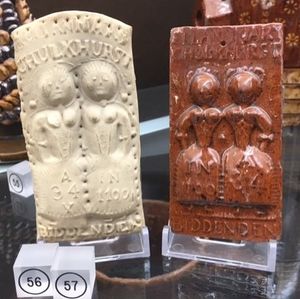Amazingly, the average Briton spent a total of 11 days last year ‘window shopping’ online and with around 1/3 of all purchases now made online, it is easy to see how we tally up the 'window shopping' hours and days.
Whilst we may window shop with a modern twist, the lure of new products to dream about is nothing new.
Today, we will do some ‘window shopping’ of our own and explore the ornate displays which were once seen on Hampshire’s highstreets.
Shop windows were originally just an extra storage area for stock and not much thought was given to their appearance. Shops relied on loyal customers returning to buy their stock.
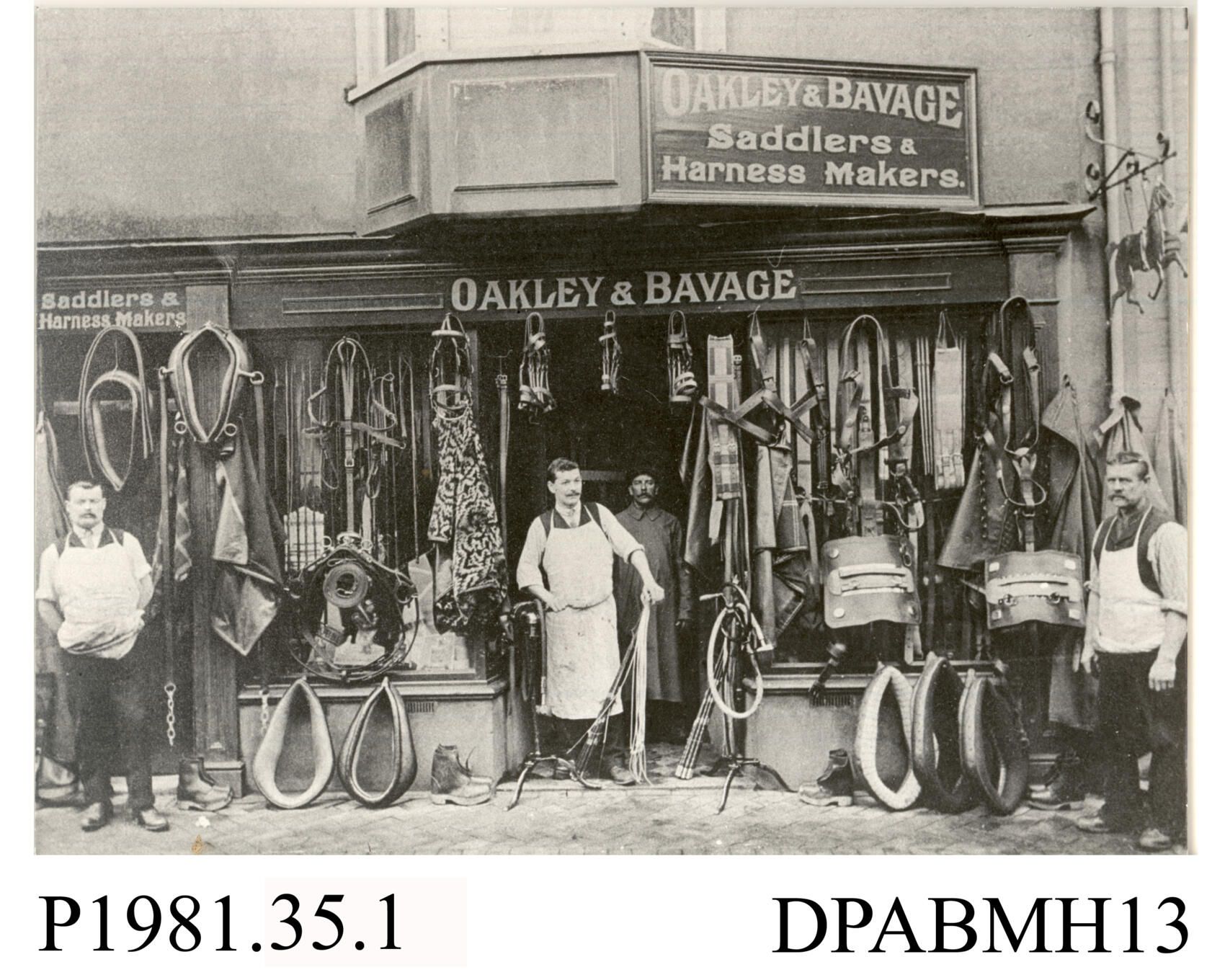
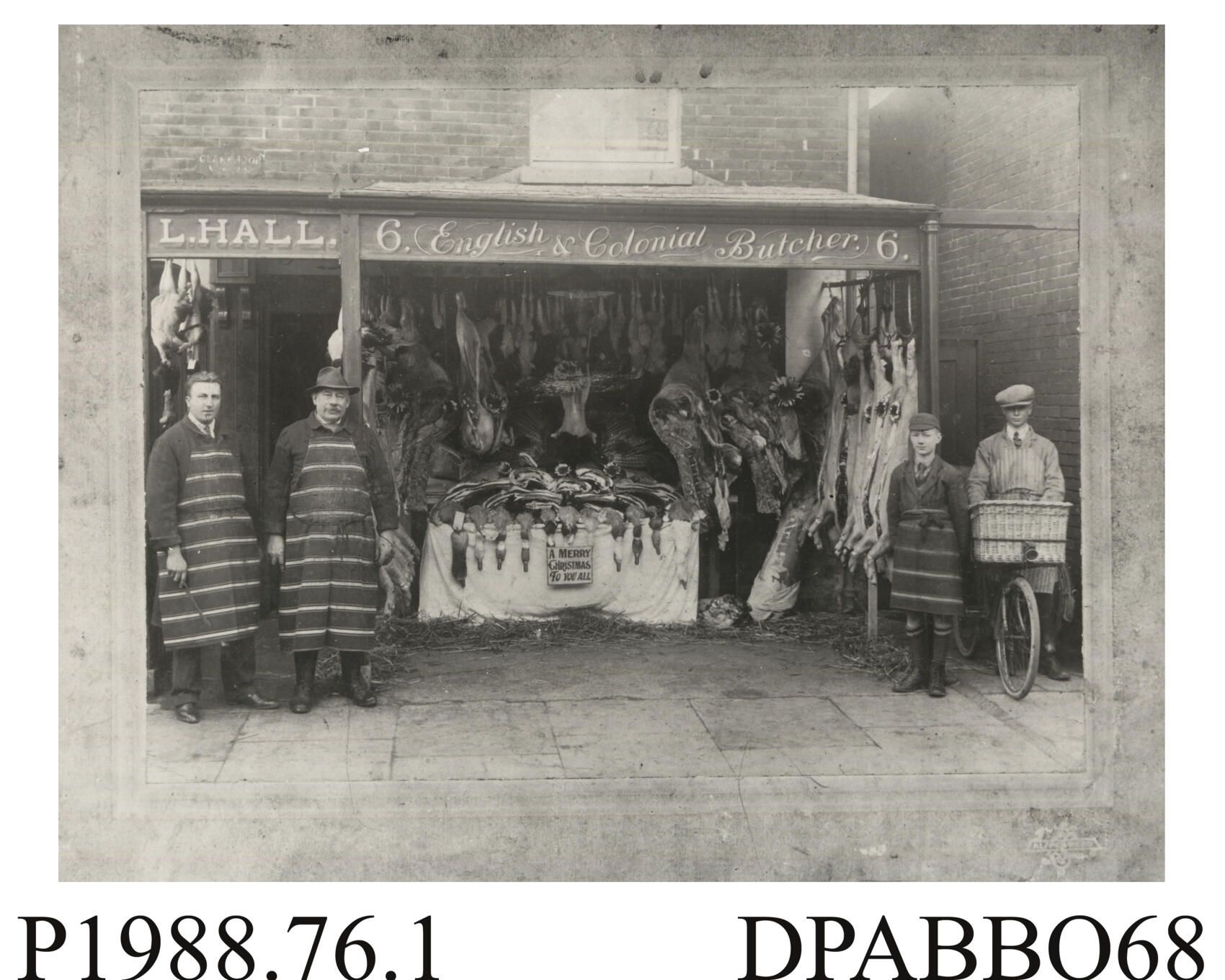
By the mid-19th century new building and glazing techniques made large windows feasible and affordable. The introduction of gas lighting enabled the merchandise to be illuminated. These new planned displays where used to entice their customers in. Edwardian displays became larger and more elaborate catching the eye of passers-by.
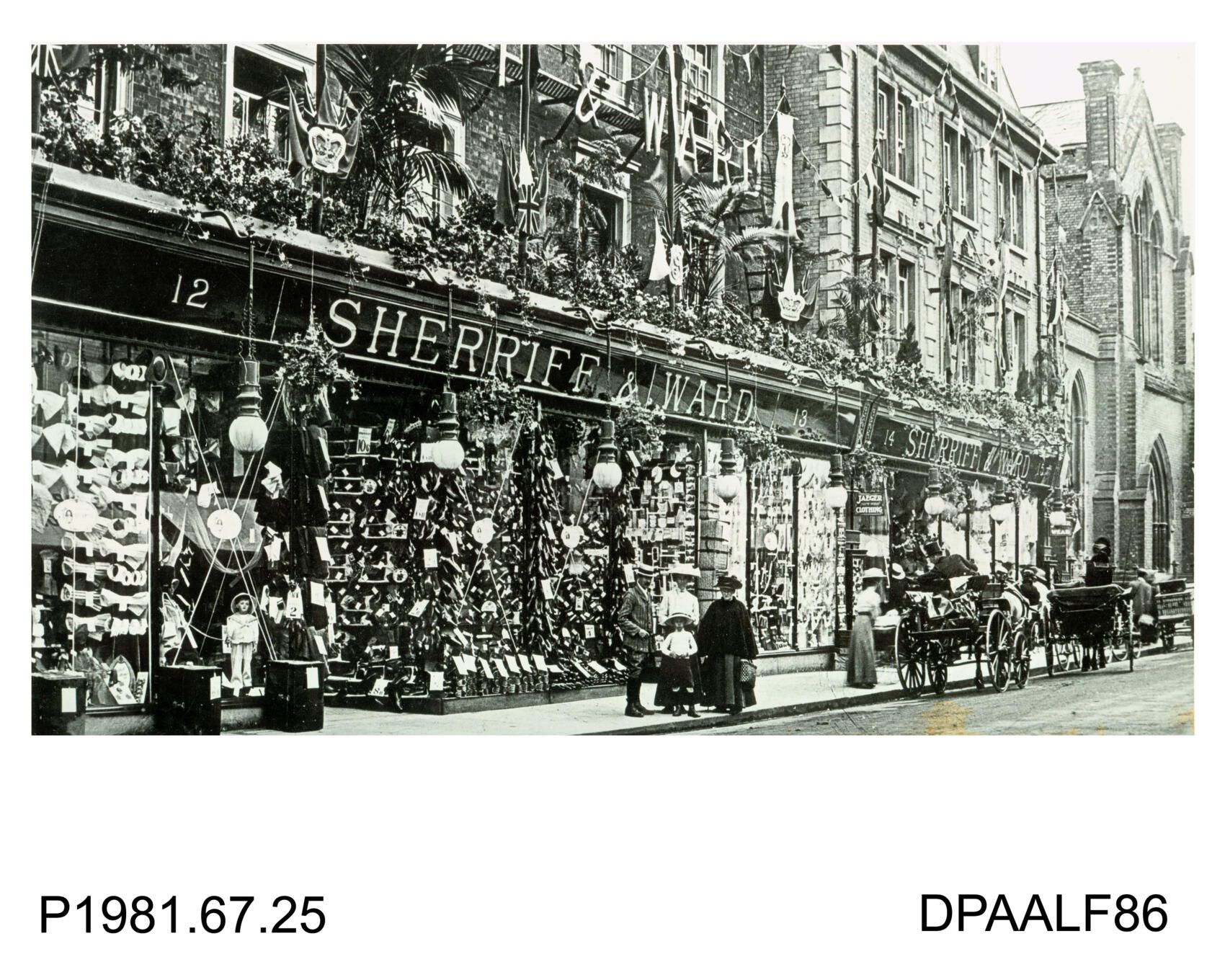
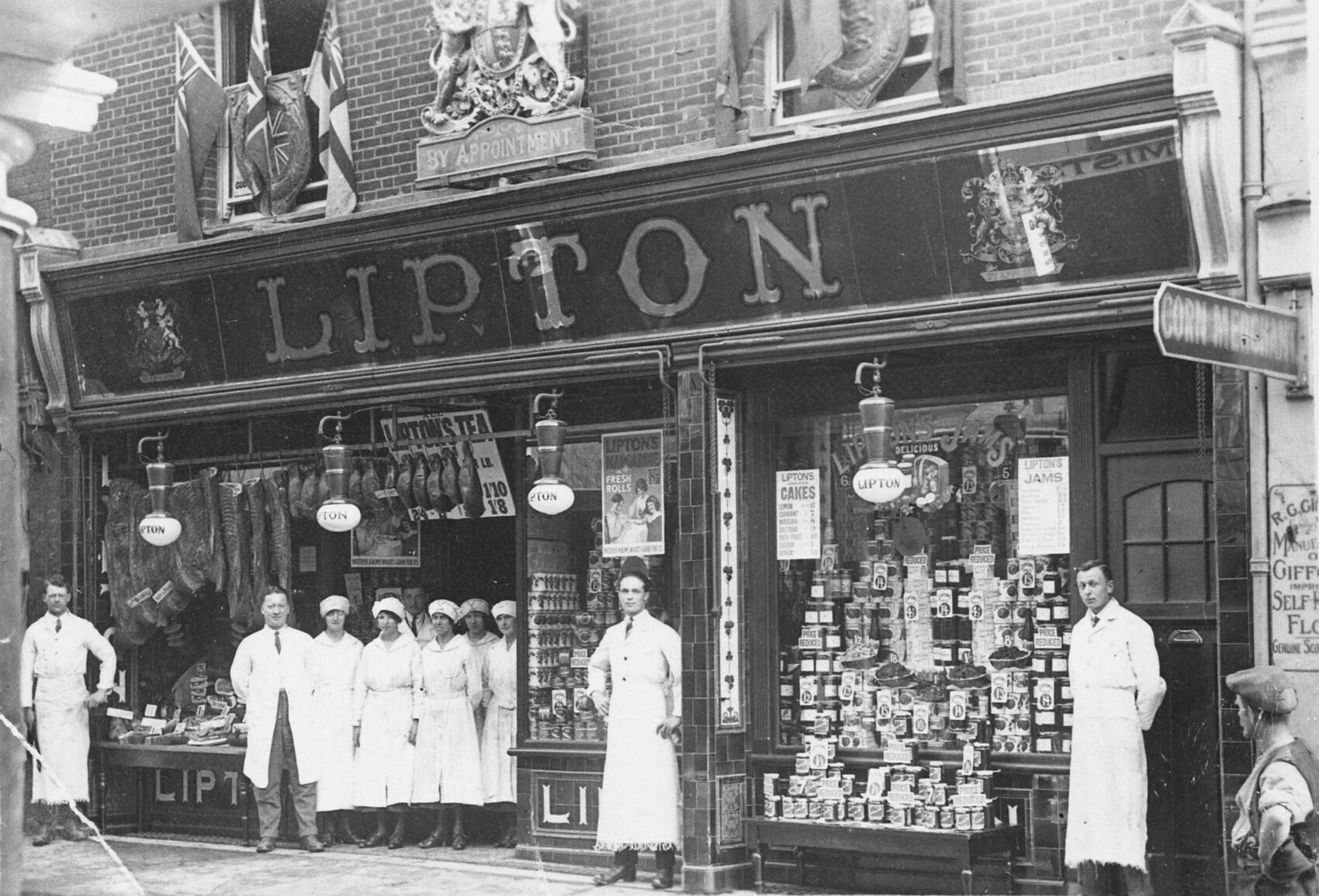

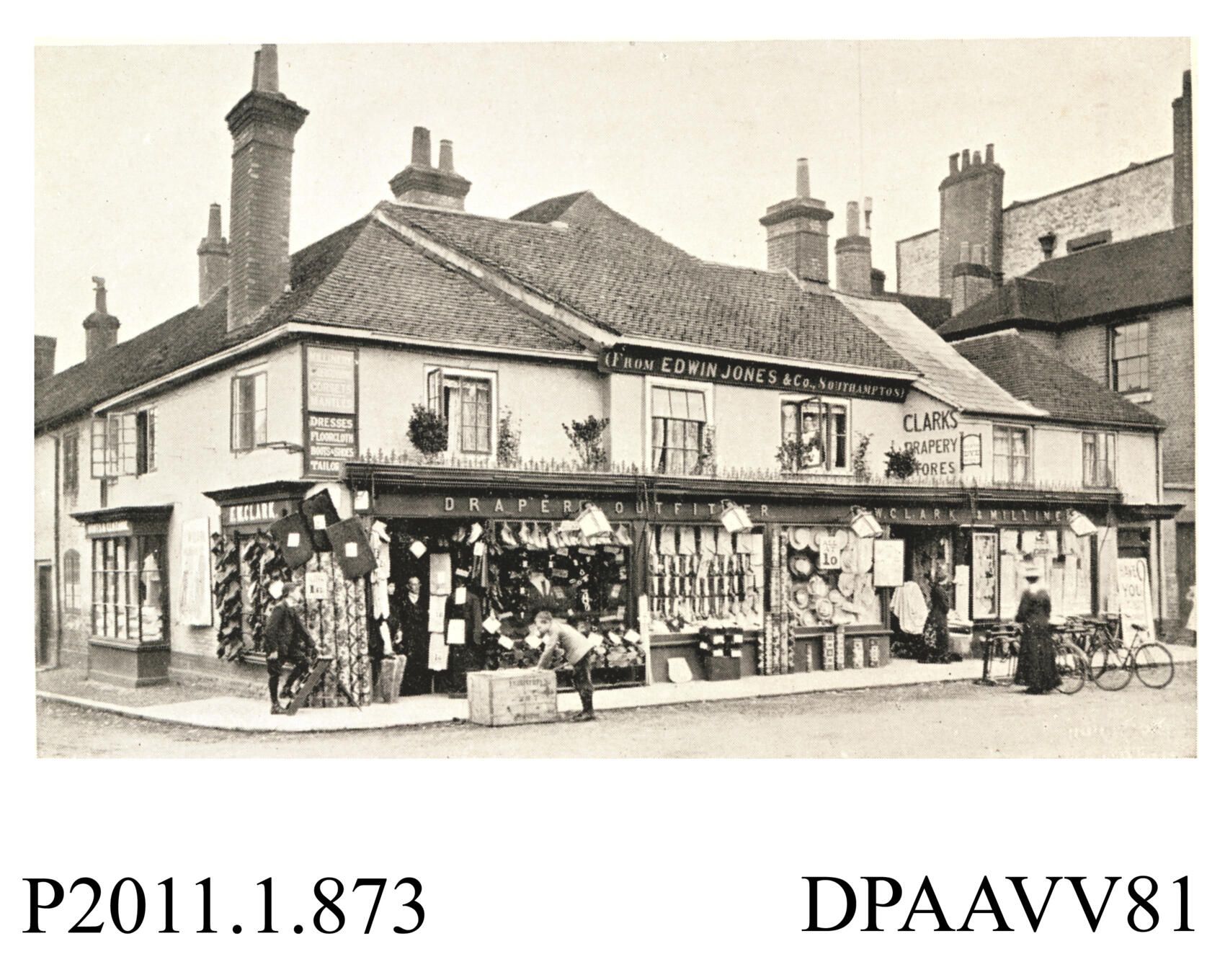
As urban expansion saw new shops in our towns and cities, competition to draw new customers became increasingly fierce. Advertising processes and using discounts to draw customers in began to be used. This was described by Arnold Bennett in his book The Old Wives’ Tale states was a vulgar and un-genteel practice. The 'old wives' would certainly would have disapproved of Maypole Dairies in Winchester advertising discounted butter at 1s 10d.

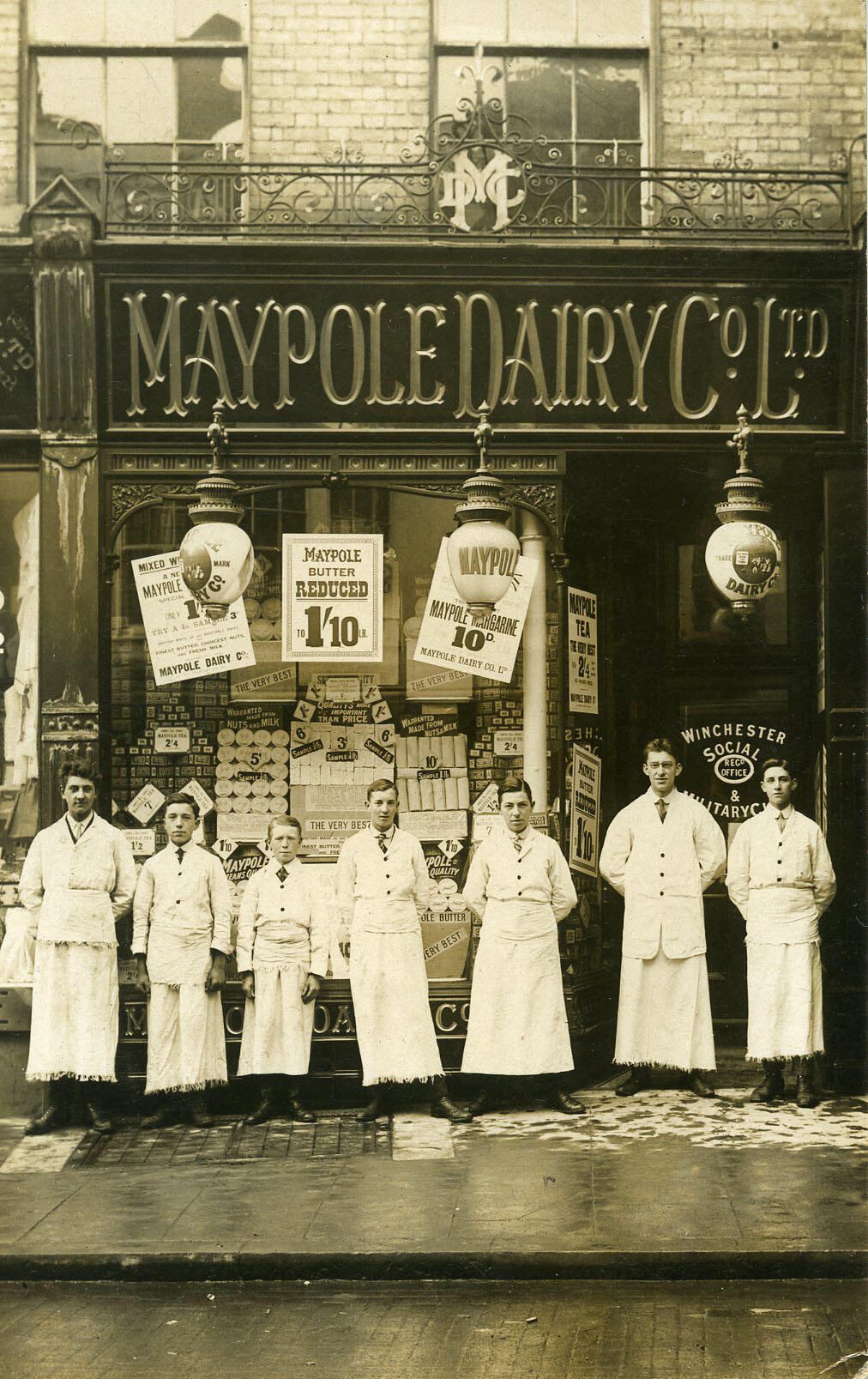
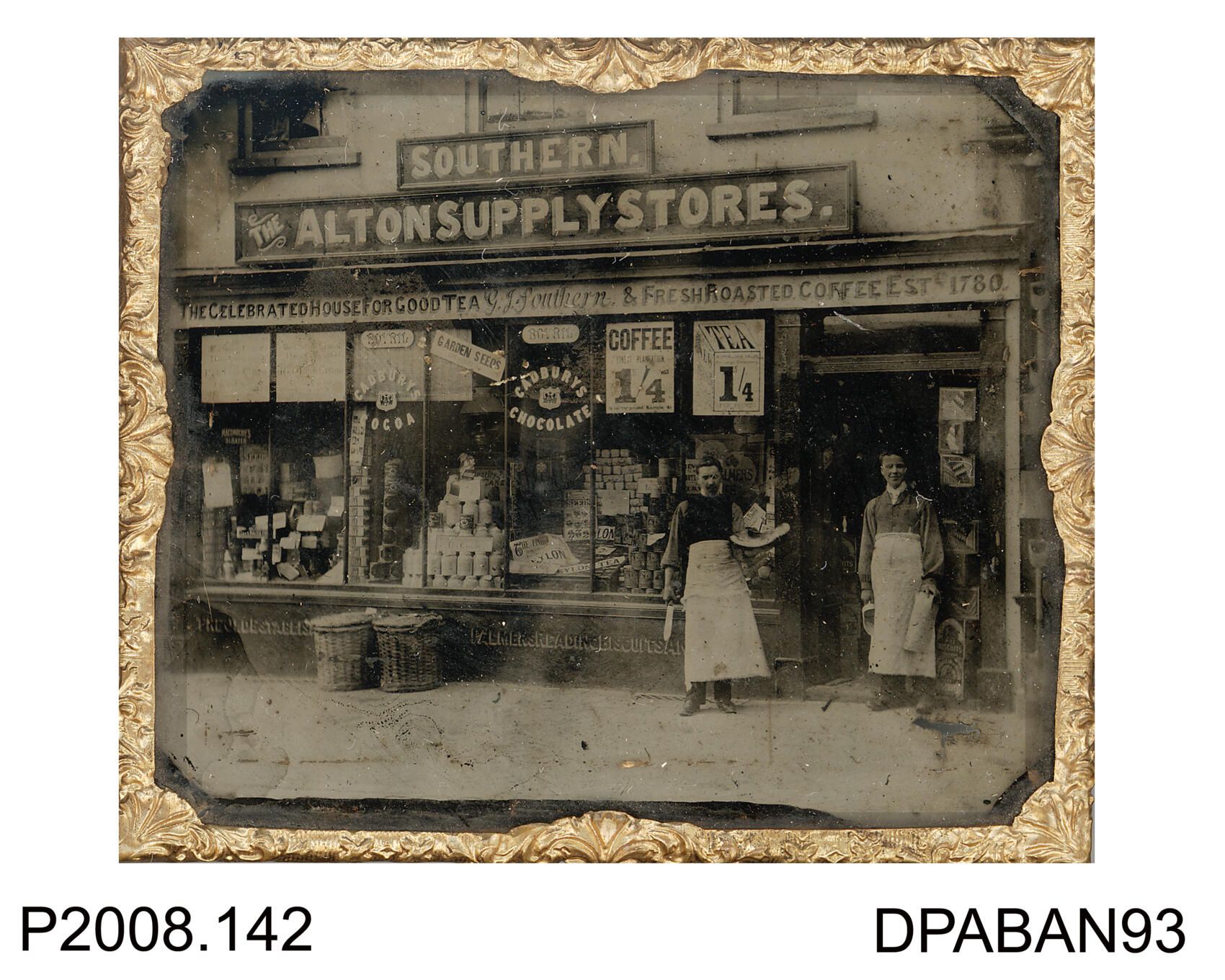
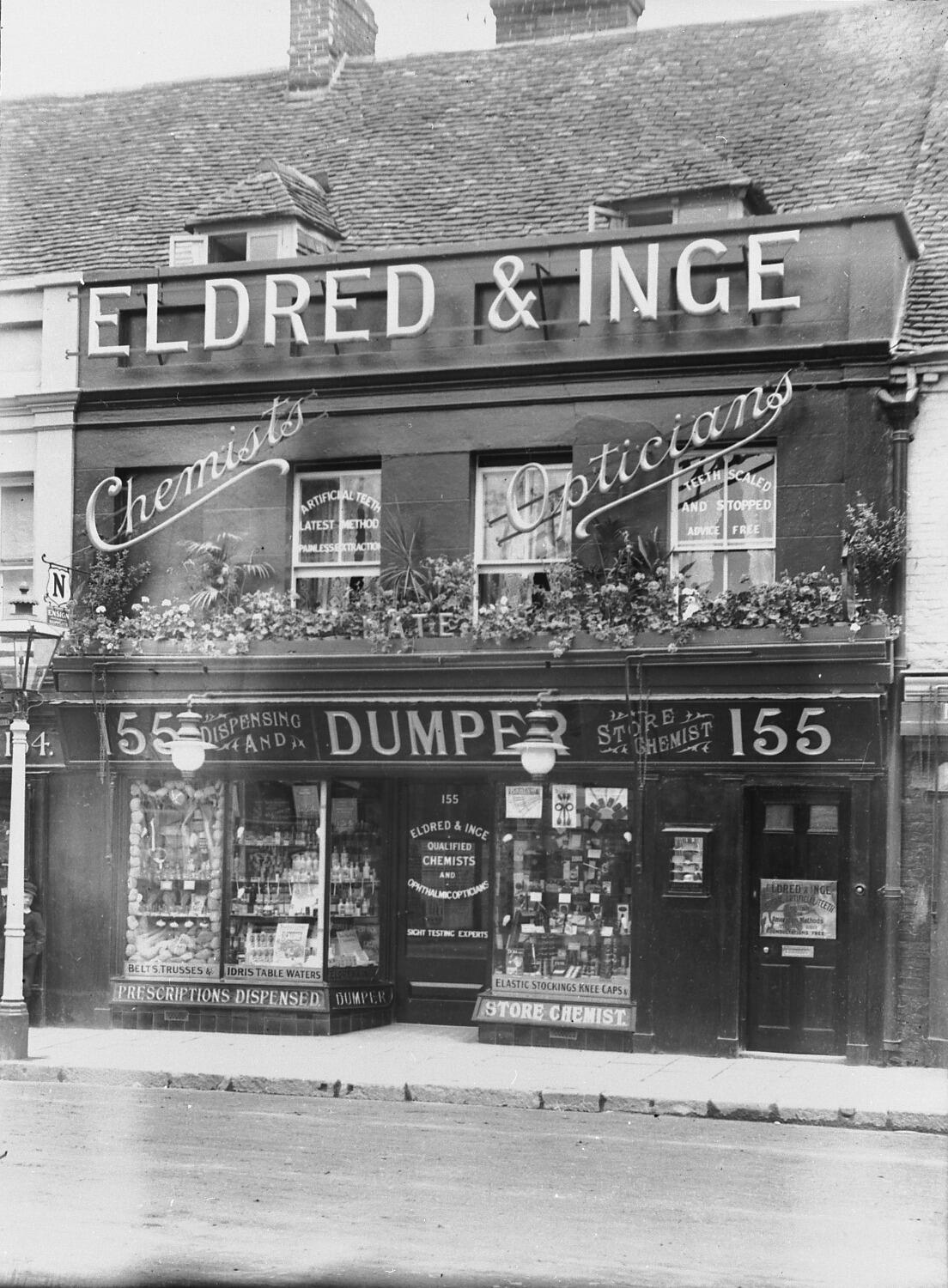
To explore more of the history of Hampshire through the photographic collections managed by Hampshire Cultural Trust, visit Hampshire in Old Photographs.






